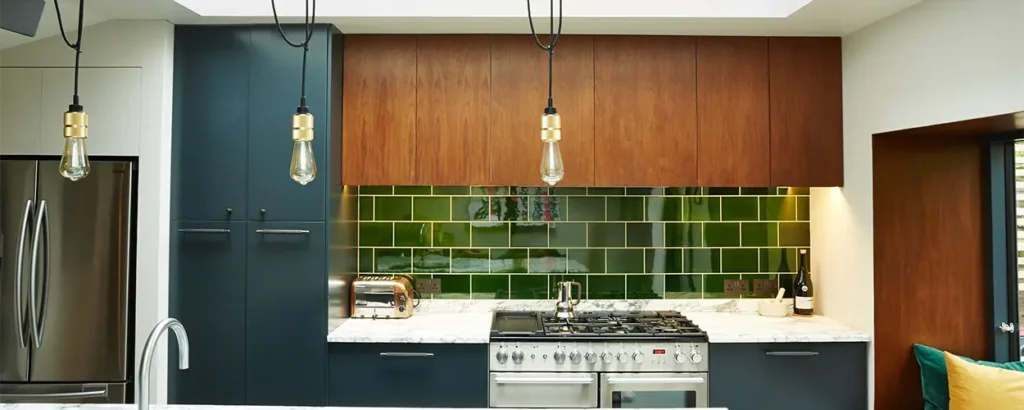Walk into any beautifully designed modern home, boutique hotel, or chic office space, and you’re likely looking at MDF. Medium Density Fiberboard is the unassuming material that professional designers consistently turn to to achieve high-end looks without the high-end price tag. But what makes this engineered wood product so indispensable? Here’s the inside scoop on why MDF is the industry’s best-kept secret.
1. The Perfect Canvas: A Flawless, Paintable Surface
Ask any designer the number one reason they choose MDF, and the answer will be paint. Unlike solid wood, which has a visible grain, knots, and potential for uneven absorption, MDF has a completely smooth, homogeneous surface.
- Designer Benefit: This allows for an impeccably smooth, professional-grade finish with no grain bleed-through. It’s the ideal material for achieving rich, saturated colors and crisp, modern looks on cabinets, wall panels, and trim. The result is a flawless finish that looks custom and expensive.

2. Unbeatable Versatility for Custom Designs
MDF is a dream for custom fabrication. It can be cut, routed, and shaped into virtually any form a designer can imagine.
- Designer Benefit: This versatility allows for the creation of unique elements that define a space. From intricate laser-cut wall art and geometric room dividers to custom-built headboards with detailed moulding and handle-less, modern cabinet fronts, MDF brings bespoke designs to life without the cost of custom solid wood millwork.
3. Budget-Friendly: High-End Look for Less
Achieving a luxury aesthetic without a luxury budget is a core skill of a great interior designer, and MDF is a critical tool in this effort.
- Designer Benefit: MDF is significantly less expensive than high-quality solid wood or plywood. This cost savings allows designers to allocate the budget to other impactful areas, such as statement lighting, high-end hardware, or luxurious textiles, while still delivering a sophisticated and custom-built look with the MDF elements.
4. Stability and Consistency: No Warping or Expanding
Solid wood is a natural material that reacts to its environment—it can expand, contract, warp, or crack with changes in humidity and temperature.
- Designer Benefit: MDF, being an engineered product, is incredibly dimensionally stable. It won’t warp or shrink under normal conditions, which is crucial for large projects like built-in shelving units, long spans of trim, or flat cabinet doors. Designers can specify it with confidence, knowing the finished product will remain precisely as installed.
5. The Ideal Material for Modern & Statement Walls
Feature walls are a cornerstone of modern interior design, and MDF is the go-to material for creating them.
- Designer Benefit: MDF is perfect for crafting everything from classic wainscoting and shaker-style panels to dramatic floor-to-ceiling slat walls and complex geometric designs. Its large, smooth sheets provide a seamless base, and its ability to be machined into precise strips allows for perfect consistency in patterns like board-and-batten. Once painted, these walls become a seamless, architectural element of the room.
6. Sustainability: An Eco-Conscious Choice
Many clients are now prioritizing sustainable design, and MDF can be a part of that conversation.
- Designer Benefit: MDF is primarily manufactured from wood waste—chips and shavings from sawmills that would otherwise be discarded. By specifying MDF from manufacturers who practice sustainable forestry and use low-formaldehyde or no-added-formaldehyde (NAF) resins, designers can make a more environmentally responsible choice without compromising on design intent.
The one non-negotiable rule designers follow? Proper sealing. The edges of MDF are porous and must be sealed with a high-quality primer or specialist MDF sealer before painting. This prevents the edges from absorbing moisture and swelling and ensures a perfect finish. For high-moisture areas like bathrooms, Moisture-Resistant (MR-MDF) is an absolute must.

